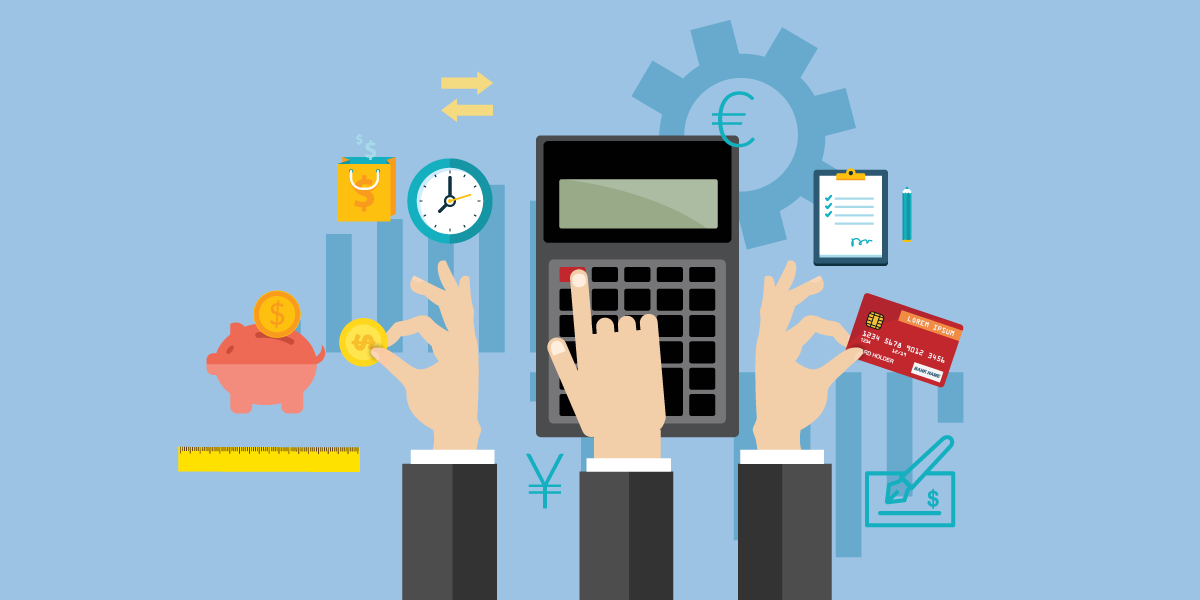When your ISP Billing Software works, it’s brilliant. But when it doesn’t, it could be disastrous for both your pocket and sanity. If the automated processes supporting your billing function are not carefully reviewed and planned in detail, it could result in a plethora of issues including incorrect billing, high support costs or customers receiving bills that are difficult to understand. This leads to a lot of head scratching, sighing and raised tempers - the phrase “Hulk, smash!” Comes to mind.
In fact, for our friends over in America, the American Customer Satisfaction Index (ACSI) states that ISPs remain the lowest-scoring industry, i.e. people are still not satisfied with ISPs (you can read further here). One look on Hellopeter shows that South Africans, and in extension Africa, share the same frustrations.
So, what do we all hate about ISP billing software and how can you ensure your customers have the best possible experience when receiving and paying your bills? Read on to find out how ISPs can act to make the process more manageable.
1. Product names on your invoice are not the same as advertised
So you get a bill for a service titled XXY123bleepblorp.01 on your bill. You start to think that your bill has been sent to Mars and back because you don’t recognise the very foreign service name.
What’s happened here is that your service provider is running their operations off a collection of disconnected software packages where each have their own nomenclature and/or way that they build products and services. A products’ marketed name is called one thing, something else by the provisioning team and yet another thing by the finance team. What actually reflects on your invoice at the end of the month is anyone’s guess.
An invoice should provide some indication of what a product or service actually is so that you can recognise what you’re paying for. If the product name does not match the product, for example, it’s difficult to know if you’re being billed for the right thing. Confusion leads to frustrated (and unnecessary) internet searches, self-administration portal visits, calls to customer services and physically visiting stores.
An end-to-end operations automation solution that encompasses billing, finance and collections, uses one central database on which to build each process. This means that one integrated solution controls an entire ISP’s operations - Hurrah! The sales team, provisioning and finance teams then all use the same information, and more importantly, names to sell, build and invoice your services. The result is an invoice that’s easy to understand, and contains exactly what the customer was expecting.
2. Being billed for services you did not order, or you are no longer receiving
There’s nothing worse than being billed for services you didn’t order or those that you’ve cancelled. Not only do you feel it in your bank account, it’s also a damn stressful situation to have to make calls to customer services and banks to try and rectify your current state of affairs. And that’s even without the dreaded ‘double charge’ where your account is mistakenly debited twice for the same invoice.
The stress and frustration flows, burning a hole in your head and pocket.
At worst, incorrect billing (be it over or under billing) frustrates customers to the point of service-switching, and at best, creates a nice hole for your revenue to start leaking out of.
This is typically the result of overly complicated manual processes where errors have been made, like the wrong person being billed for a product/service, or where internal processes are so slow and inefficient that it takes significant time for service changes to reflect on invoices.
An automated billing solution eliminates errors typically associated with overworked teams, and enables quick and seamless execution of essential billing administration tasks. So, with one channel of automated communications throughout the business, when a customer decides to cancel a service, a chain reaction starts which cancels services, and notifies billing and collections - ensuring these changes are reflected on the correct bill, and within the next billing cycle.
3. When you change your banking details, but your old account is still charged
You recently opened a new bank account because your new company banks with a different financial institution. Great! Your salary now comes through instantly, but you’ve hit a stumbling block with your internet service provider. You told them about the change, but the latest bill has just come off your old account - you know, the one with no money in it. Boom - extra fees from both your bank and your service provider.
ISPs very often bill in advance, so payment changes usually need to be made before a certain date to take affect. This situation usually runs further awry when internal processes are not-automated, and rely on manual steps that are slow, error-prone or subject to internal red tape.
Automation that has been well thought through and allows for these eventualities, like letting customers quickly and easily alter their billing details online, lets changes reflect throughout a customer's account immediately (and hopefully within the well communicated advance billing deadline).
4. The mystery reference number
When you receive your invoice and have a query, the first thing you do is look for a reference number with which to call customer services (it’s usually somewhere at the top). The reference number is there for a reason, it’s designed to make your details easily accessible for customer services, so that the issue can be escalated and resolved quickly.
But when you call or email to resolve the issue, customer services says that it’s the incorrect reference number.
And then you say it’s correct.
And then they say it’s not.
And the tug of war ensues until you actually send through your invoice with the reference number circled in red and in bold… underlined of course.
Customer services apologises and says that finance uses a different reference number from sales and services.
This is another knock-on effect when billing software is disconnected from the rest of the business, and the result is a discrepancy between a customer’s reference and the ISP’s internal numbers. Having a single automated solution ensures that all systems are singing off the same song sheet - so to speak. And will have your customers singing your customer support praises in no time.
5. Making it hard to pay your invoice
So you’ve received your bill and all looks great. The reference number is correct, the price, product and service look like the ones you ordered. And then you sit down to pay. But… how do you actually pay your bill?
ISP Billing Software is supposed to create a seamless experience for your customer, and part of that experience is paying you for the services you’ve provided. If your solution doesn’t allow ‘easy’ payment methods like Direct Debit or online card payments, then the experience isn’t that easy. Customers will very quickly become frustrated when paying their bill becomes a run-around to stores with cash or making telephone calls with cards in hand.
All in all, an automated solution that your automation solution provider has helped you to build, and guided you through with best practice will help solve a few of these problems. As an ISP, be sure to also pick an automation solution provider that makes it easy for you to offer your customers integrated and easy-to-use payment methods. Here are some tips on how to make sure you pick the best automation service provider for your business.
Conclusion
Most issues with ISP billing software that affect your customers’ satisfaction levels can be solved through adopting a great quality automation solution. That, and making sure that when you’re consulting with your automation service provider you’ve thought through your processes, have a very clear understanding of your business and keep your customers in the forefront of your mind - these are all keys to automation success.
Image Credit: Freepik








Comment